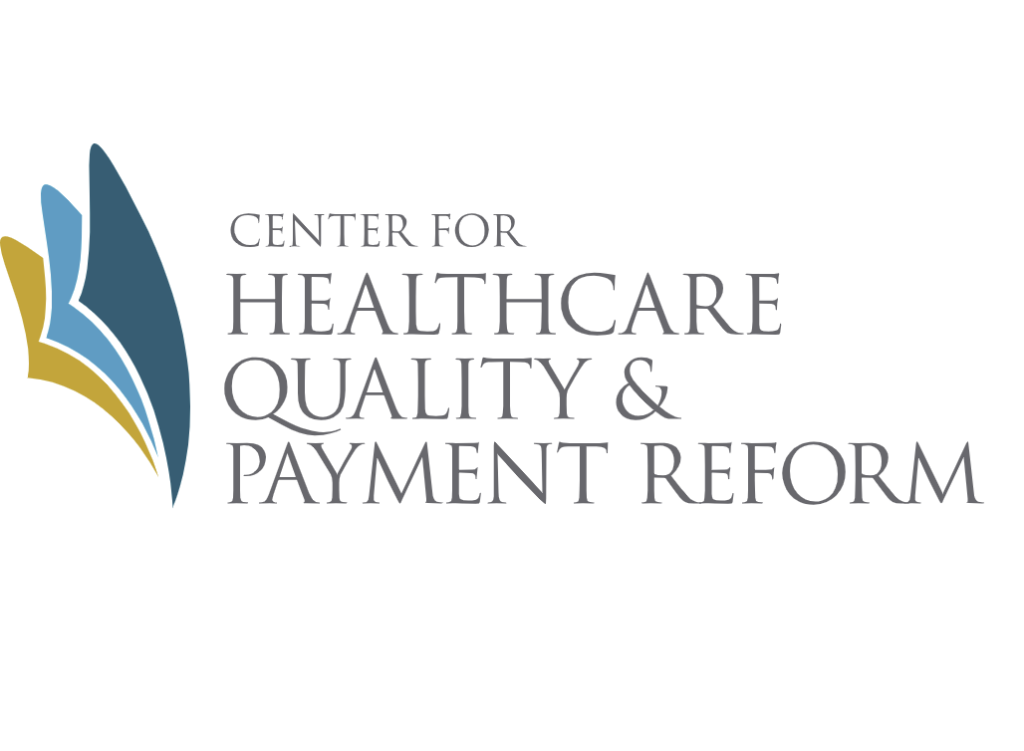Why Quality Measures Don’t Measure Quality
A new report by the Centre for Healthcare Quality and Reform (CHQPR); following on from their recent report “5 Fatal Flaws in Total Cost of Care and Population-Based Payment Models”
A major weakness in traditional fee-for-service payment is that healthcare providers are paid for delivering a service regardless of the quality or appropriateness of the service. Value-based payment programs have attempted to correct this by paying bonuses or imposing penalties
on providers based on various types of quality measures. These programs assume that higher scores on quality measures mean that patients are receiving higher quality care.
Unfortunately, in many cases, the exact opposite is true.
As a result, current quality measures can cause physicians and hospitals to be penalised for providing the most appropriate care for patients and to be rewarded for delivering lower-quality care. This has the potential to exacerbate health disparities rather than improve quality and value, by:
- Steering patients to the wrong providers
- Paying more for lower-value care
- Reducing access to care for higher-need patients
- Failing to adjust for patient-specific needs
To overcome these challenges, a “Patient-Centred” approach could be implemented for evaluating the quality of care. In this system:
- There is delivery of individualised, evidence-based services
- Outcomes which matter most to the patient are achieved
Find out more here
